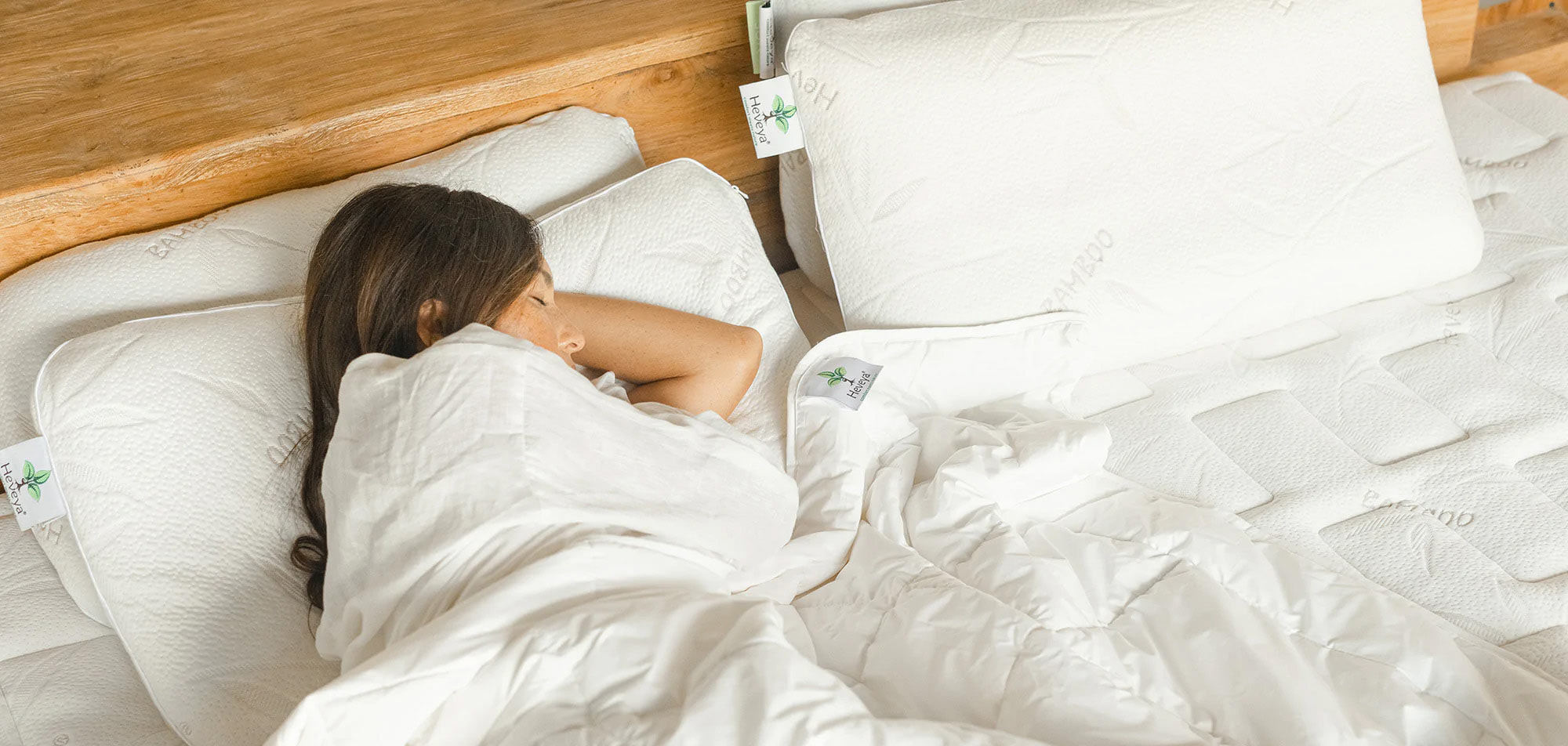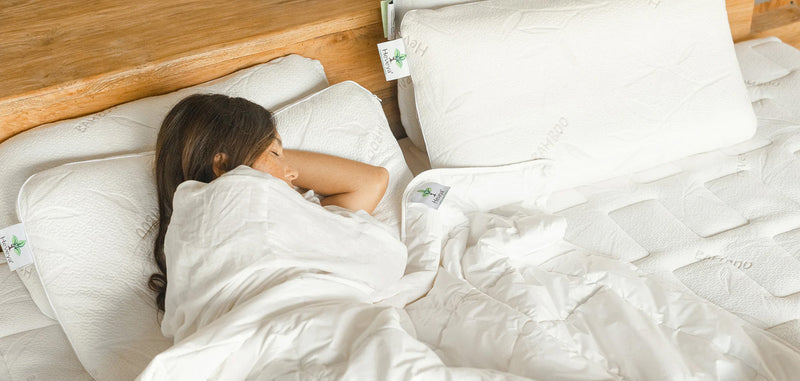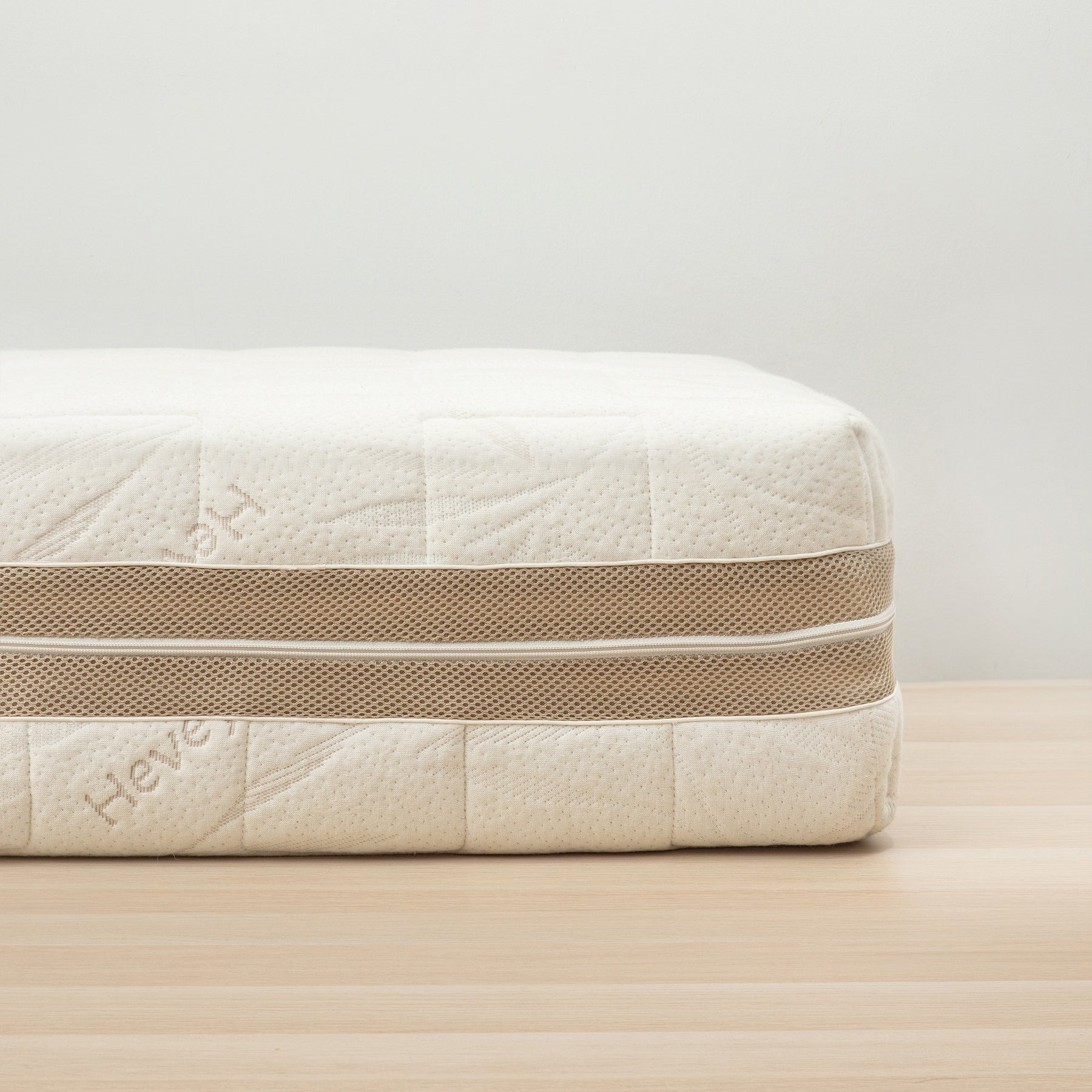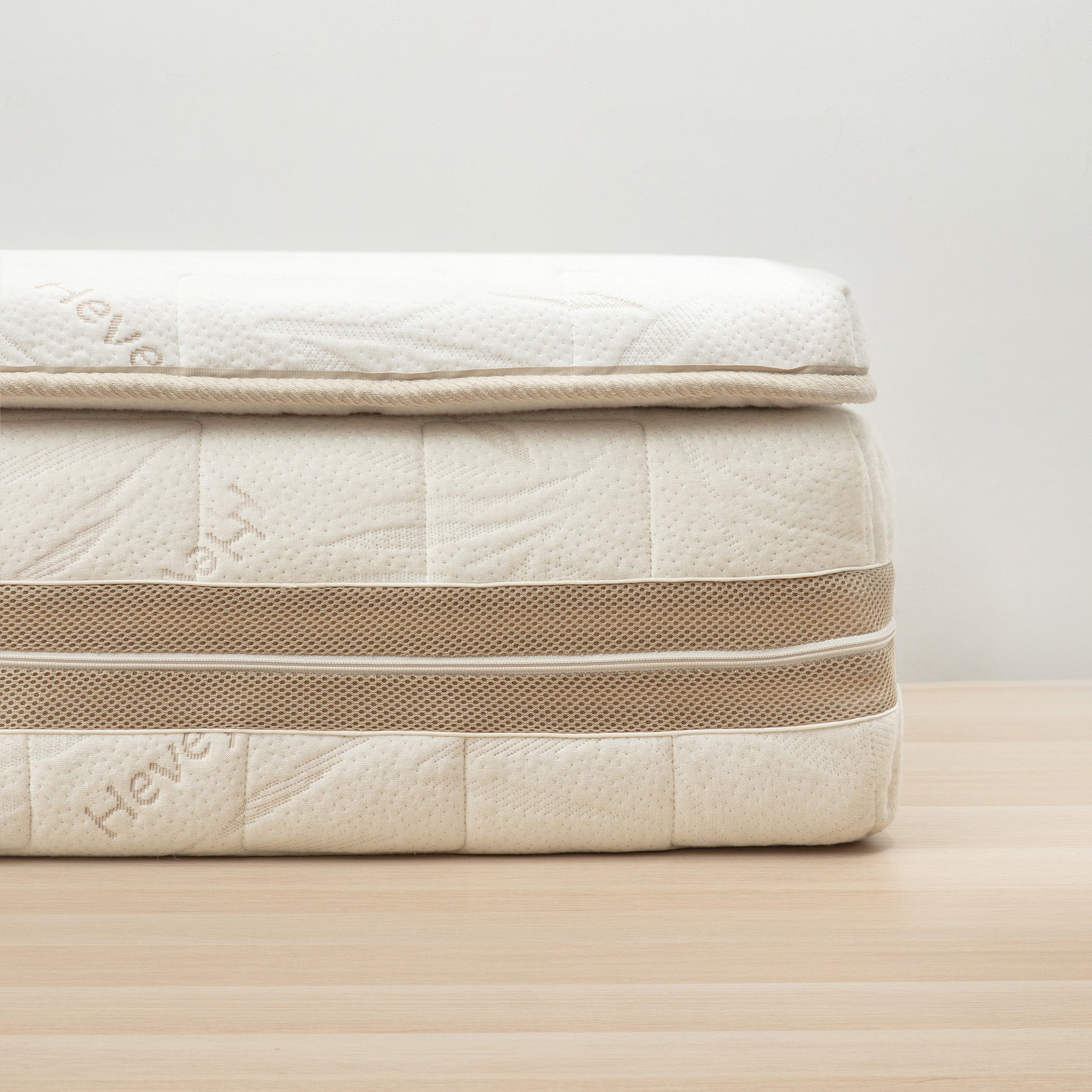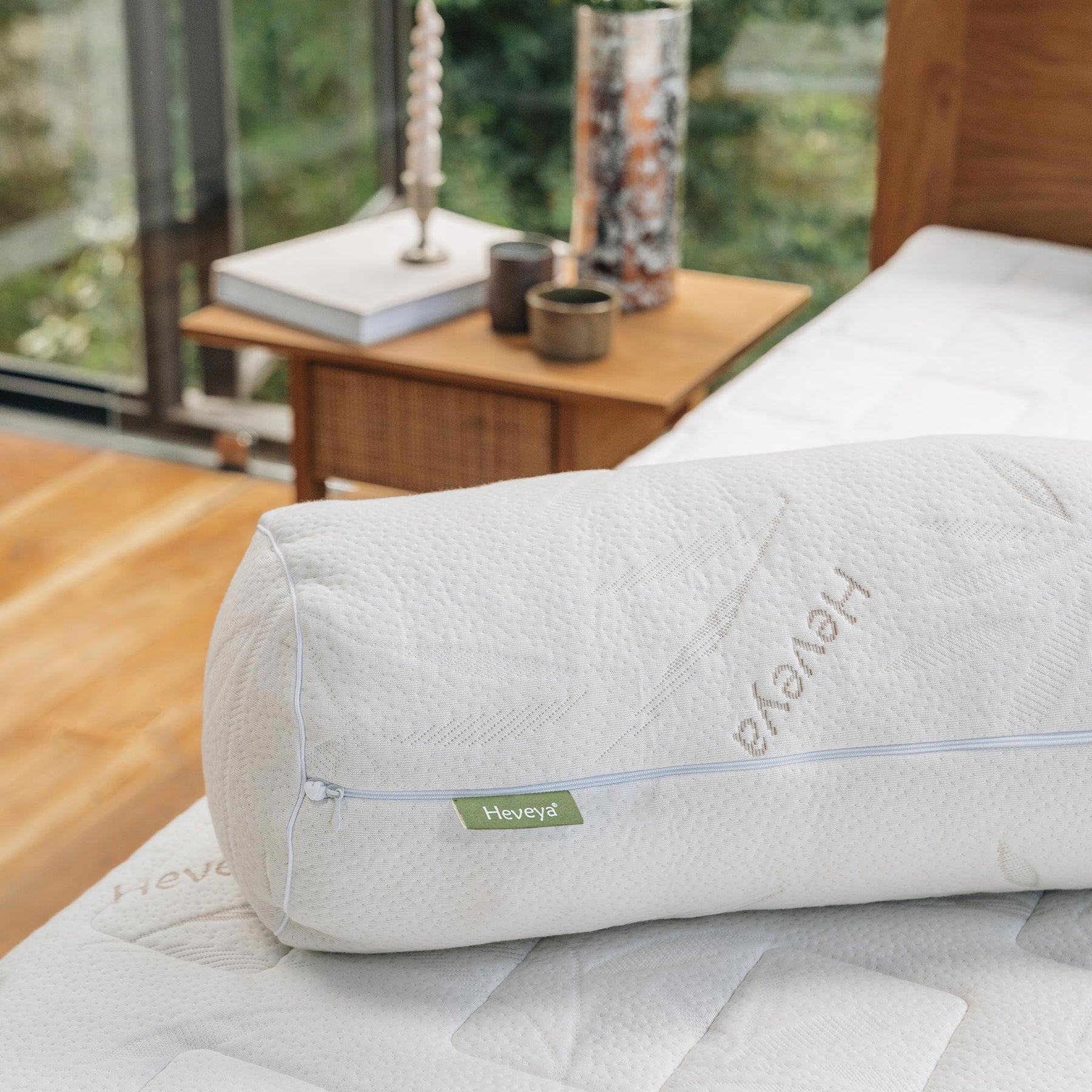You may have never before thought much about which sleeping position you use. Yet, your sleeping position plays a very important role in your health. Find out here your sleep position and its effect on your health, and what it reveals about your personality traits.

1. Back position (The Soldier)
Personality trait - reserved
Lying on your back with your arms at your sides (also known as "The Soldier") is a common sleep position. The good news is that it's a healthy position in terms of your spine and the alignment of your body. Your body will be in a neutral position without any unusual curves in your spine. Those who suffer from acid reflux will also enjoy this position, because the head is elevated by a pillow. If you enjoy looking your best during the day, you'll be pleased to note that the back position is great for avoiding wrinkles (which you would get if your face was in prolonged contact with the pillow).
The bad news about the back position is that snoring is a bigger problem in this position than in any other. If you snore, you may want to switch to another position. Even if your snoring isn't eliminated entirely, odds are that it will be much less severe in a different sleep position. Another problem of the back position is that it is not suited to those with sleep apnoea. Sleep apnoea will be a much bigger problem when lying on the back than in other positions.
Also, beware not to use more than one pillow if you sleep in the back position. You'll want your head and neck supported, but not propped up too much.
Overall, if snoring or sleep apnoea isn't a problem for you, then the back position is a very healthy one.
2. Back position with arms up (The Starfish)
Personality trait – good listener
A variation of the back position, The Starfish differs simply by sleeping with arms up near the head instead of down by the sides. The Starfish is also a healthy position, except that it can exacerbate snoring or sleep apnoea, like The Soldier. Where The Starfish differs is that it can also lead to shoulder pain due to the pressure put on the shoulders by sleeping in this position.
In summary, if you sleep in the Starfish position, you may want to switch to the back position by moving your arms down to your sides. This will avoid developing shoulder pain in the longer term.
3. Side position, with arms at the sides (The Log)
Personality trait - sociable
Sleeping on your side with your arms at your side is also known as The Log. It has the advantage of keeping your spine naturally aligned. It's also a good position for minimizing snoring. Also, if you suffer from acid reflux, but don't want to use the back position, then The Log is the next best option for you. If you sleep in this side position, then you should make sure your neck is properly supported by using a fairly thick pillow.
The disadvantage of The Log position is that the top leg is not supported, leading to the knee coming down on the mattress as a point of support. This causes the spine to rotate, which can lead to back pain or hip pain.
4. Side position, arms out (The Yearner)
Personality trait - suspicious
Sleeping on your side with your arms out in front of you (The Yearner) is a variation of The Log (see above). The Yearner has the same advantages as The Log of keeping the spine aligned. But like The Log, The Yearner can also lead to back or hip pain through the unsupported top leg causing the spine to rotate.
A disadvantage specific to The Yearner is that its arms out position can cause additional pressure on the shoulders and arms, leading to soreness.
If you sleep in this position, it may be best to switch to the related Log position (on the side, arms at sides) to avoid upper arm discomfort.
5. Side position, elbow and knee bent (The Foetus or Foetal Position)
Personality trait - slow to reveal emotion
Sleeping on your side curled up into a ball can seem so cosy doesn't it? Yet you may be surprised to hear that this is actually one of the worst sleeping positions you can have. The reason for this is that your back is curved into a non-neutral position during sleep, which is not good for your spine. The other problem with the foetal position is that it can actually restrict the breathing movements of your diaphragm, meaning you don't breathe as well or as deeply as you would in a healthier sleeping position.
If you wish to sleep on your side, instead of curling up into the foetal position, consider one of the alternative side-lying positions. Of the two, The Log is better than The Yearner, but either one is better than the foetal position.
6. Stomach position (The Freefaller)
Personality trait - friendly
Lying on your stomach (The Freefaller) can help if you suffer from digestive issues. However, in other respects it is not a good sleeping position. This is because your neck will have to be turned at a big angle in order to breathe (since you obviously won't be able to breathe lying face down). This extreme turning of the neck can result in strain and in neck pain. The other problem with sleeping on your stomach is that it does not align the spine properly, and can lead to stiffness or soreness in the back upon waking.
However, the stomach position is actually a good one for keeping airways open, so if you snore then sleeping on your stomach may work for you.
So unless you suffer from digestive issues or from snoring, you may wish to consider a healthier sleep position, such as on your back. If you do need to sleep on your stomach, please note that you'll get a healthier sleep on your stomach if you omit the pillow or just use a very thin one. This is because it will keep your neck and spine from being as much out of line.

Best sleep positions for back pain
The best positions for back pain while on your back, side or stomach - but should be modified by placement of a pillow are as follows..
If you prefer to sleep on your back (e.g. The Soldier), you'll find that placing a pillow under your knees will help keep your spine properly aligned. You should still use a pillow for your head and neck. Some back pain sufferers like to add a small rolled towel under their lower back for extra support. The key here is to play around with these supports and their placements until you find a position that leaves you well rested and pain free.
If you sleep on your side (e.g. The Log or The Yearner) then you'll need to adjust for the fact of having an unsupported top leg. Your top leg will want to come down onto the mattress, rotating your spine and hips, which is a problem for those with back pain. To adjust for this, simply take a pillow and place it between your knees when you're lying on your side. Now your top leg will be supported and your hips and spine will be straight.
Sleeping on your stomach is not recommended if you have back pain. However, if for some reason you must sleep on your stomach, put a pillow under your pelvis and lower abdominal area. This helps relieve the strain on your back. You can also use a pillow under your head, but be aware this may cause strain on your back, so ideally try just the pillow under your pelvis and abdomen.
You can use any type of pillow that feels comfortable to you. Many people find that a latex pillow is ideal because it is resilient yet is able to conform to your body, making it both supportive and comfortable.
You may also want to consider changing your mattress to a latex mattress instead. Latex mattress is known to be an ideal mattress for people suffering from back pain. It naturally conforms to your body shape ensuring proper spinal alignment and it provides optimal back support for your entire body.

Best sleep positions for neck pain
The best positions for neck pain are sleeping on your side (The Log) or your back with your arms by the sides (The Soldier).
However, even with these optimal sleep positions, the type of pillow you need is crucial if you suffer from neck pain. An ideal pillow will conform somewhat to the shape of your head and neck, such as a latex pillow. Avoid pillows that are too high or too firm; these will keep your neck flexed too much while you sleep.
Some people who suffer from neck pain find that a neck roll helps. This will help support the natural neck curve. To achieve this you can tuck a small neck roll into the pillowcase of your existing pillow (or a new pillow!) to help lift and support your neck while allowing your head to sink into the pillow.
Conclusion
Sleep position plays a much bigger role in your health than you may have thought. Are you sleeping in a good position for your health? If not, you should consider the closest alternative position. For example, if you're sleeping in a foetal position, consider trying The Log, which is also a side-lying position but is much healthier for you.
In addition to your sleep position, you'll also need to consider the surface on which you're sleeping. A good mattress can make all the difference to your health. A good night's sleep is priceless, but a mattress doesn't have to be! And of course switching to a healthier sleep position is free.
